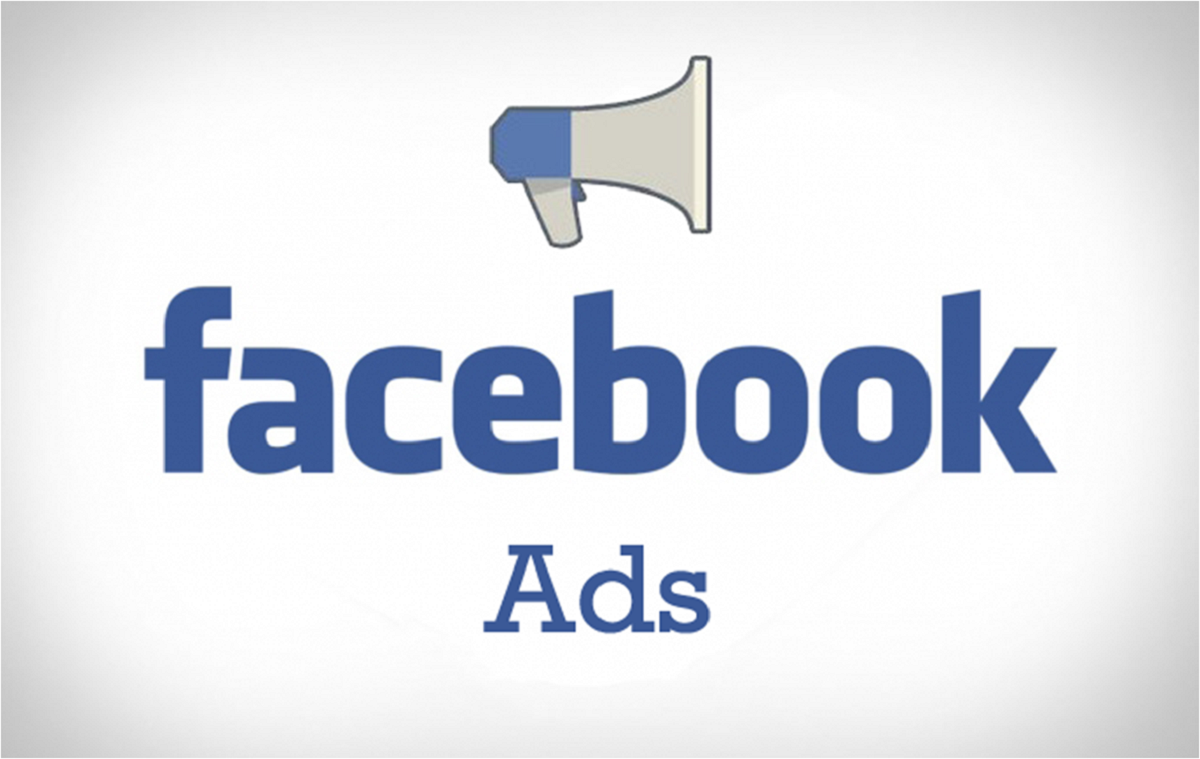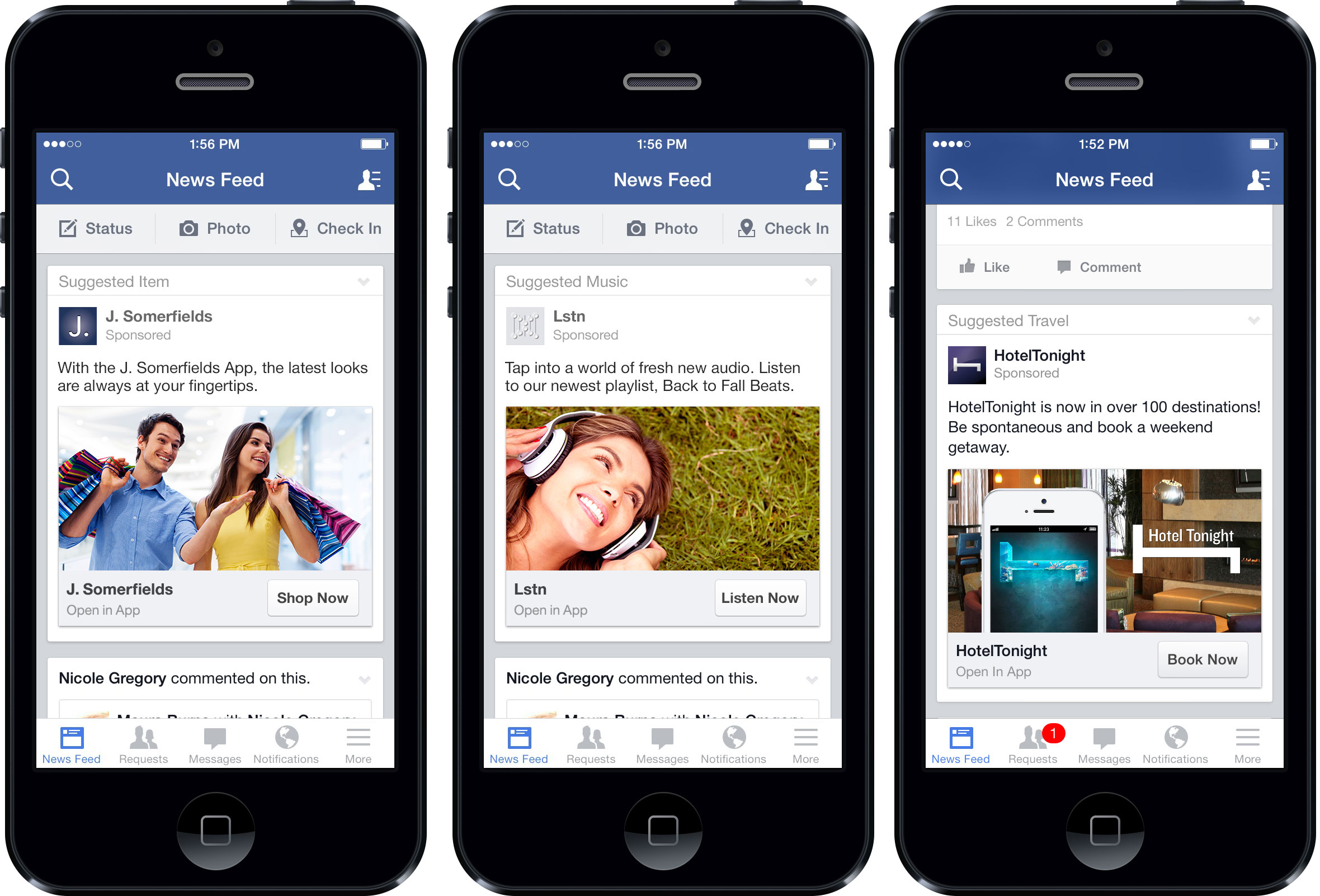 Facebook has revealed new tools it promises will help retailers understand if mobile ads get people to go into stores and if they are buying as it looks to cement itself as the platform of choice for brands wanting to measure online ads against offline sales metrics.
Facebook has revealed new tools it promises will help retailers understand if mobile ads get people to go into stores and if they are buying as it looks to cement itself as the platform of choice for brands wanting to measure online ads against offline sales metrics.
The update announced yesterday revealed new metrics that will be embedded into Facebook’s Ads Reporting system and is underpinned by a consumers-facing product that will direct users to stores.
The first piece of the puzzle is an interactive map – dubbed Store Locator – which retailers can use as part of location-targeted mobile ads to encourage users to actually visit a store. Within the advert people can click on the map to get information about the shop’s address, opening times, phone number, website and estimated travel time to it.
Facebook can then track a phone’s location to determine how many people saw the ad and then visited that retailer. This will be presented as a ‘Store Visits’ metric.
Finally, and arguably most importantly, is tying all this to actual sales. Through a new Facebook API, called the Offline Conversions API, retailers can match data from their own customer databases or point of sale systems with Facebook’s advertising data.
Facebook is coy about publicly talking about its data collection methods. To such instances that they could employ via beacons technology to connect a device to a sale as well as email connection or an in-store loyalty card (the assumption being that the email used for the in-store car is the same one used for their Facebook account – this is also known as deterministic targeting).
The likes of Marks & Spencer, Petco, Burger King UK and Cadillac all already been using the tools to track their ads.

“Creating a connected shopping experience for customers is really important to M&S. We’re looking forward to getting a deeper insight into how our customers’ interactions on Facebook are inspiring them to engage with our brand offline,” said Marcus East, digital director at M&S.
It’s a crucial step for Facebook given that a lot of its ads occur higher up the sales funnel, whether it’s through retargeting or awareness campaigns. The problem for Facebook then “has not been that its ads are not successful [at driving sales], it’s that they’re not able to show the success they’re having,” said Yoram Wurmser, an analyst at emarketer.
“That’s why they’ve put so much effort in building this online/offline link and are now trying to integrate into the whole attribution structure that these retailers have,” he continued. Interestingly, Wurmser believes the recent announcements from Facebook puts it ahead of Google when it comes to showing the link between its own media and in-store sales.”
What Facebook is doing potentially gives them the edge over Google because of the scale they have. Granted, Google has scale as well but it doesn’t have depth of behaviour [data[ that Facebook has through its platforms. That’s a qualitative edge that will be hard for Google to match. Google could get a lot of those insights from Android because the system lets them know things like where people are and where are people are going but I don’t think its as layered or as rich as what Facebook has.
The flurry of tools is the latest step in the social network’s ongoing efforts to show marketers the impact their Facebook ads have on driving store visits. It’s been a long time ambition of the company, which after several attempts (to varying degrees of success) in recent years took a major step toward this with a tie-up with Tesco-owned research firm Dunnhumby earlier this year.
It was touted as a way to give FMCG brands to see the value of their digital media at the shopping till, with it pushing for a census level, robust measure of how to advise advertisers on their media plans.
Marketers have long bemoaned the struggle of attributing their digital ad spend to in-store stores. Part of the challenge has stemmed from supermarkets; marketers from some of the world’s biggest FMCG brands including Johnson & Johnson and Pernod Ricard intimated last year that their ambitions to invest more in digital are hampered by a lack of understanding of the medium at supermarkets.
Media plans are a key way for advertisers to win shelf space in-stores, and TV is still favoured by those making the decisions.
Source: The Drum

You must be logged in to post a comment Login